When you open your engine, you'll find that there are dozens, if not hundreds, of wires that get your automobile running smoothly. If you are looking to fix the engine harness on your own, you've probably wondered what gauge of wire you should use for repair. We researched this topic, and in this post, we list the best wire gauge to use on your engine.
Most standard automobiles use an 18 gauge primary wire. Depending on your vehicle's original wiring, you might find that the typical wire gauge for the engine harness is 14-20 gauge. Before starting on any alterations or fixes, make sure that you get the right size wire for the harness you will be using.
Choosing the correct wire gauge for the engine harness is important to prevent other issues from happening to the vehicle. In this post, we talk about what an engine harness is. We will also discuss different wire gauges that you will typically see in your engine and if you can change the wire gauge to use. Keep reading as we do an in-depth discussion on engine harness wiring.
What Gauge Wire Is Best For Engine Harness?
Automotive engines run on a multitude of wires that run the car without a hitch. These wires connect different components of the vehicle to each other, and they need to be working in the very best condition to prevent the car from having electrical issues.
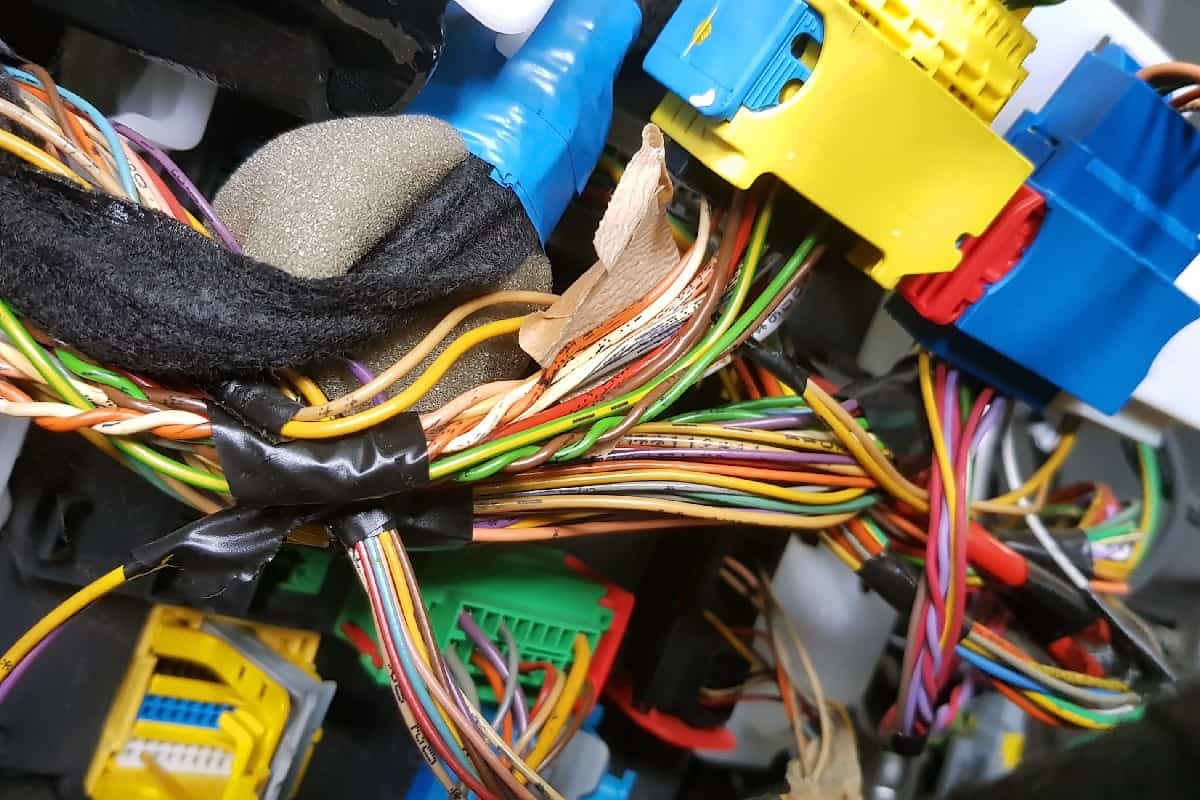
Most people with some electrical know-how can fix their own vehicle's wiring issues. If you're looking into changing your car's wiring, it's important to use the right wires and wire gauges to ensure that the wiring and circuitry will work properly.
The engine wire harnesses are collections of wires, cables, terminals, and connectors that make up the engine's control system. We can liken this to the car's central nervous system because it delivers electric currents to keep the components working.
There are many engine wiring harnesses that the car simultaneously uses. One of the most important harnesses you can find is the engine harness, and these wires control the functions around the engine. These wires are responsible for the vehicle's functioning engine controller, oil controller gate, pressure sensors, and other major components of the engine.
Generally, most automobiles use an 18 gauge primary wire for their engine harness.
However, you'll also find some car enthusiasts using different wire gauges for their vehicles, especially if they have changed certain components. Because of this, a variety of wire gauges will most likely play a part in their engine harnesses. Different vehicles and models also use multiple wire gauges.
If you go ask mechanics and other car enthusiasts, they'll most likely suggest that the wires of the engine harness use a variety of gauges. These will all be different, but it usually plays around 14 to 20-gauge wires for different uses.
If you are planning to redo the engine harness of your car, it's important to devise a plan and measure the wire gauges that the vehicle is currently using. From there, you can make alterations if there are upgrades to the vehicle or if the wires simply need to be changed.
What Are The Signs That Your Car Needs Some Wires Changed?
The wires of your vehicle aren't just located in the engine. It goes through multiple components within the car, so you'll find wires linking the lights in the back to everything that's set up on your car's dashboard. These wires create a path for the electricity to travel to various components your car uses.
Sometimes, these wires develop issues. It can be because of age, or sometimes electrical damage can cause issues with the circuitry. When this happens, you'll notice issues in your vehicle, and these are some signs that will tell you that some wires might need changing.
The electrical components are not working.
When you find that the electrical components of your car, like the radio, GPS, or interior lights, aren't working as they should, it can be a sign of wire damage. These electrical components rely on your vehicle's wiring, so when these components don't turn on (or off), there's probably a problem brewing underneath the hood.
Starting issues
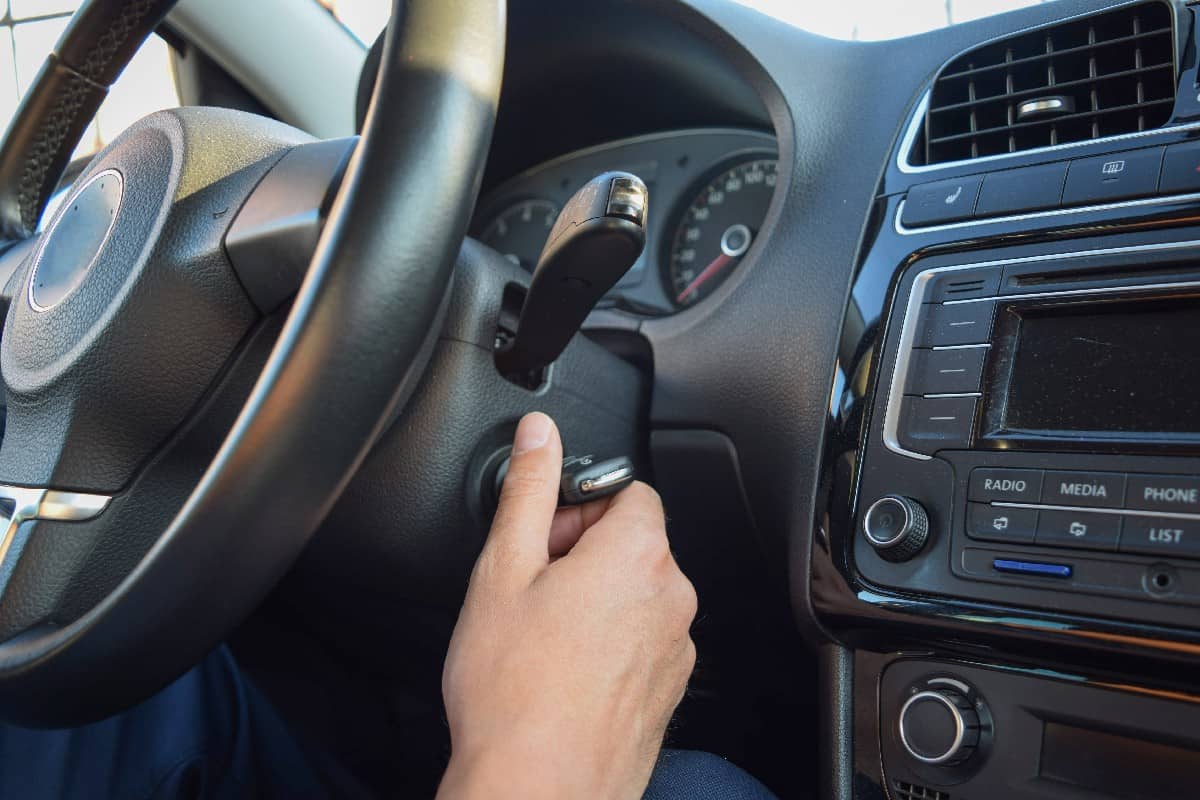
If your car's engine is having trouble starting, it can be a battery and wire issue that you need to address immediately. Sometimes, wrong wiring or corroded wires can cause starting failures in your car. Check the vehicle regularly to ensure the battery wiring is still in perfect condition.
Blown fuse
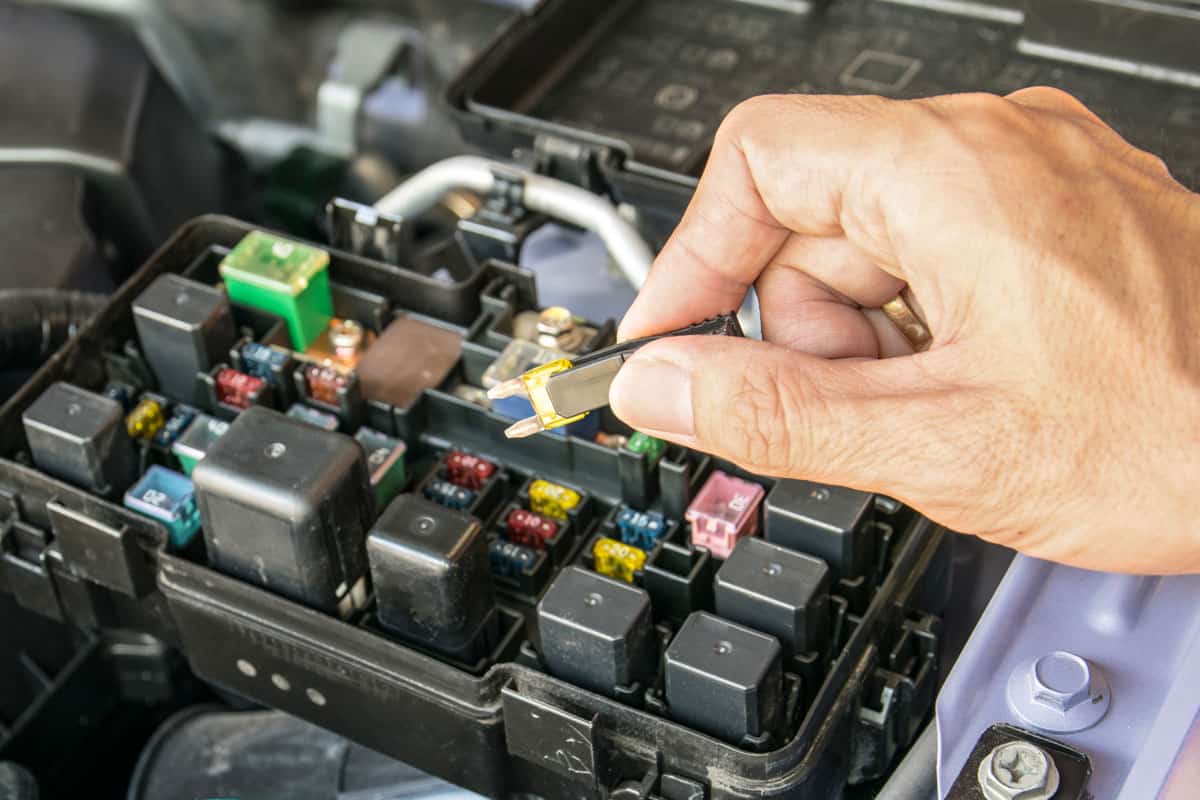
The fuse's main purpose is to break when too much current flows through the circuitry. If your vehicle's fuses keep blowing out, then it might be time to check on the car's wiring. Shorted wires can cause excessive currents, which might be the reason for your blown fuses.
What Are The Common Wires Used In Cars?
Unlike the wires used in other electrical applications, automotive wiring can be complicated to understand. This is because different components require different voltages, and the technicality and jargon can be overwhelming.
To make it easier for you, we will be listing down some of the most common wires used in cars. This summary will include all the information you'll need to know about automotive wiring.
In the video below, you'll see how different wires are used in vehicles. It also talks about how you can find the right wires for your car.
1. Wire gauge
As we've mentioned earlier, different harnesses use different wire gauges depending on the components they are connected to. There are a lot of wire gauges that you'll see when you purchase wires, and it's important that you choose the right one. Using the wrong wire gauge on your vehicle can be dangerous and a pain to fix.
The most common wire gauge used in cars is 18, 16, 14, 12, 10, and 8 AWG. Sometimes, users will use smaller wire gauges like a 20 or 22 for sensors, but this will only work if you know how much electricity the component needs.
2. Amperage
To make things simple, amperage is the amount of electricity a wire can handle. If a component needs a lot of electricity, it should use a wire that will allow a lot of electricity to flow. This is where the wire gauge and amperage work together.
A basic rule when looking for automotive wiring is this: the longer the wire needs to power components in the vehicle means it needs more power to flow through the wire. Check the voltage your component needs so you can choose the correct wire to use in your vehicle.
3. Material
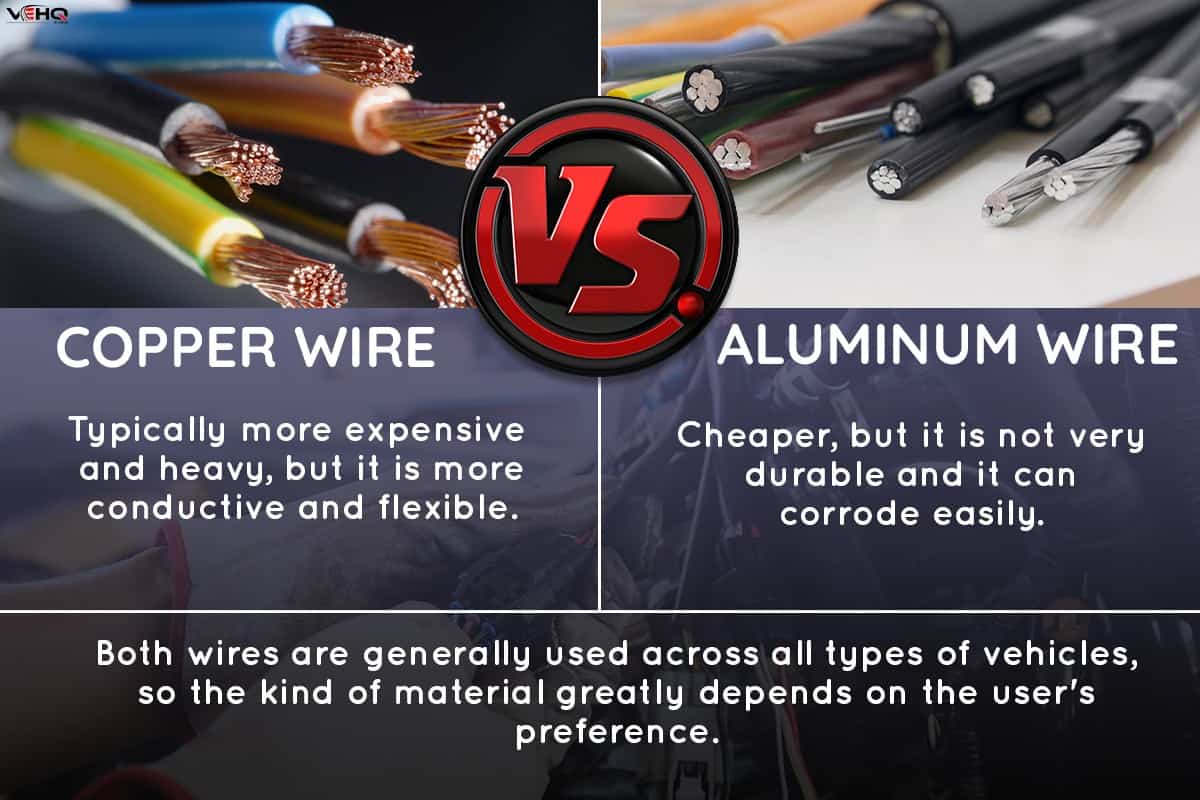
Automotive wires come in two different materials: copper and aluminum. Both wires are generally used across all types of vehicles, so the kind of material greatly depends on the user's preference. Copper is typically more expensive and heavy, but it is more conductive and flexible. Aluminum is cheaper, but it is not very durable, and it can corrode easily.
4. Insulation
Since cars heat up when the engine is running, it's important to use insulated automotive wires to protect them from extreme heat. Most automotive wires are covered in GPT or general-purpose thermoplastic. You'll also find cross-link insulation which is made with a material that is extruded to withstand extreme heat and pressure.
5. Colors
When you take a look at automotive wires, you'll find that they come in every color of the spectrum. It comes in a rainbow of colors, but this is not simply for aesthetic purposes. Automotive wires come in various colors to help mechanics quickly identify what the wire is for and where it is connected.
If you are planning to redo or fix the harnesses of your vehicle, make sure to get different colors for your wires. This will make it easier for you to identify the wires when problems happen.
6. Connectors
Most modern automobiles use solderless connectors because it is fast and easy to terminate and connect wires. These connectors are easy to use and will require some simple heat shrink tubing or vinyl tape to strengthen the connections.
However, some older cars will also use soldered connectors, so make sure to check your vehicle's manual if they use this kind of connector.
Wrapping Things Up
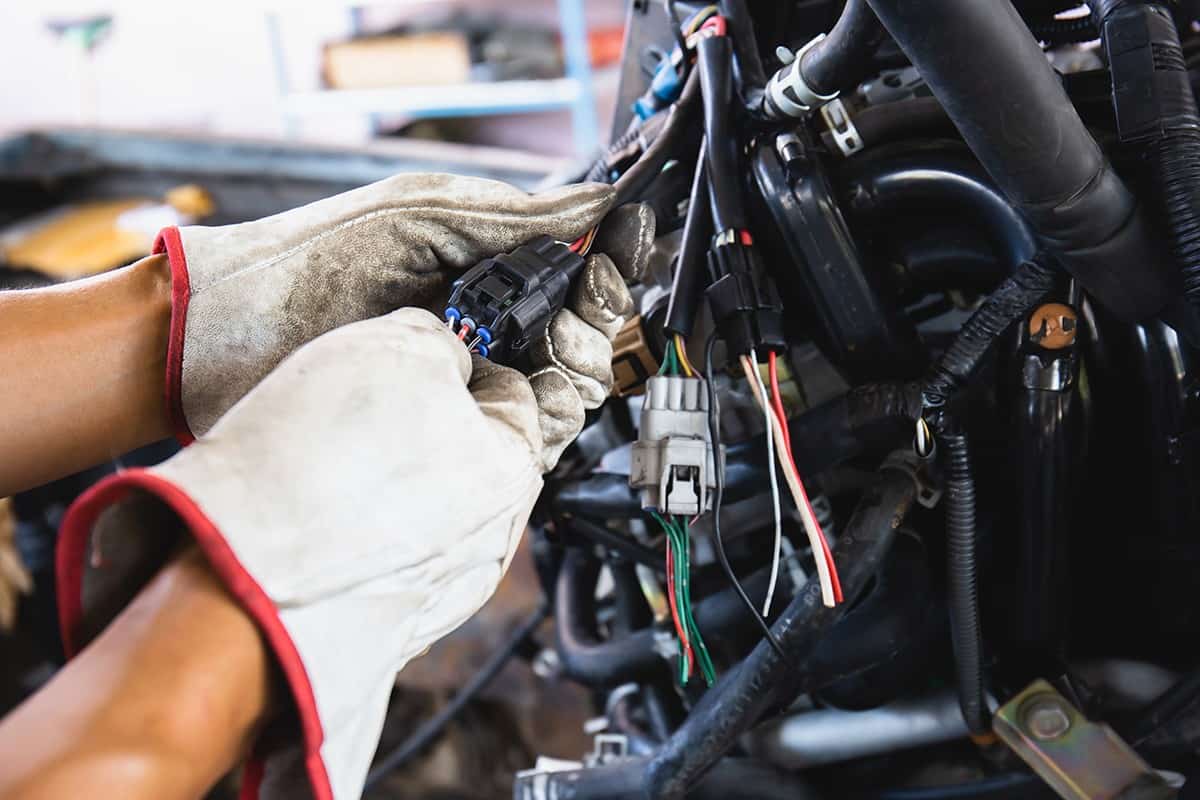
Changing the wires of your vehicle's engine harness is great if you already have experience or you're planning to do some upgrades to your car. If you are planning to do it yourself, always make sure to stick with the specifications of the car manufacturer to avoid damaging your car's components and prevent other electrical issues from happening.
Is your engine having some issues? We have some articles that might be of help:
What Causes Engine Timing To Be Off? [And What Happens When The Engine Timing Is Off?]
